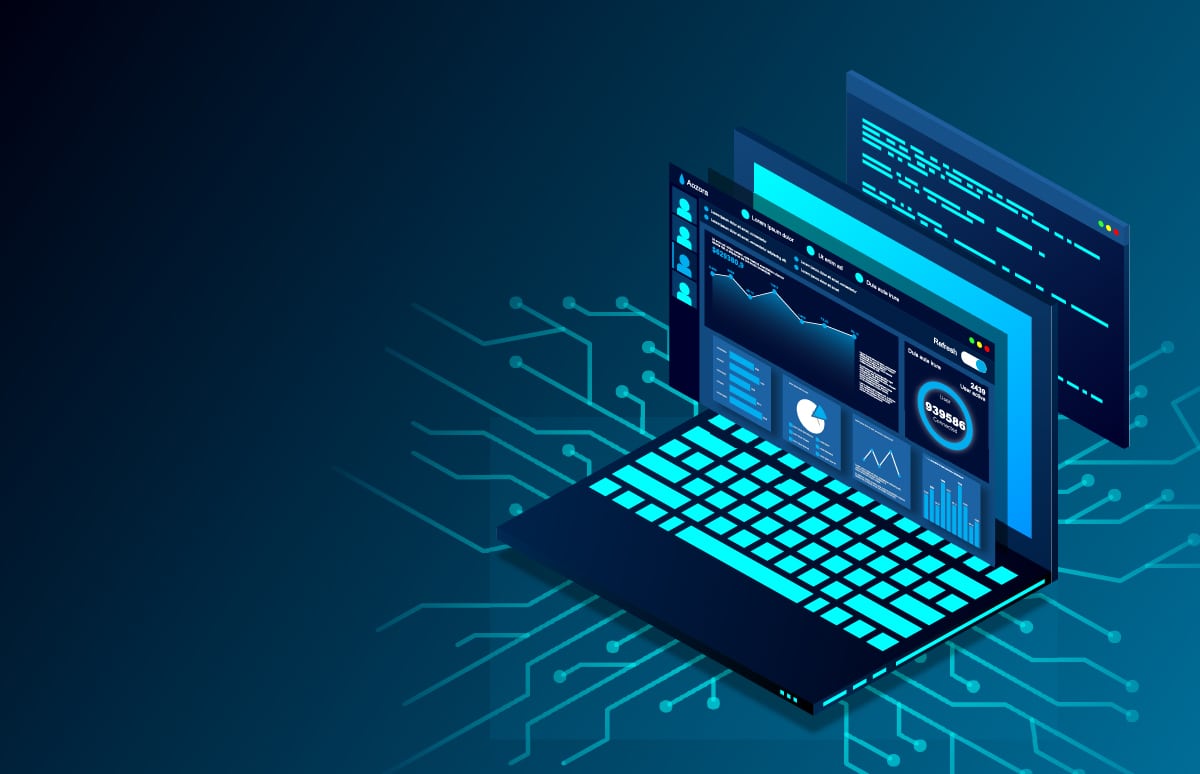What is SaaS?
Alongside the cloud computing models of IaaS and PaaS is Software as a Service (SaaS), also known as web-based software, on-demand software, or hosted software. SaaS is a convenient method of software delivery and licensing via an online subscription.
Microsoft says that Software as a service (SaaS) allows users to connect to and use cloud-based apps over the Internet.
How does Software as a Service work?
The software provider’s own infrastructure may host the SaaS application, or it may be hosted by a third-party cloud provider contracted by an independent software vendor (ISV). The SaaS applications are then made available to users over the internet (“as a Service”), where they can be accessed for a fee directly through a web browser. This eliminates the need to purchase and install software on your computers, as you would with traditional software programmes.
The provider is in charge of maintaining application access as well as managing all technical issues, security, and updates. As a result, the end user does not need any IT expertise to use and maintain the software.
Microsoft 365 and Google Workspace are a great examples of SaaS. The online productivity suites are available to use over the internet without any software having to be installed on your computer. Netflix is another example of SaaS. For a monthly subscription fee, you can pay Netflix to watch licensed videos on demand. Other SaaS applications can be found for billing and invoicing systems, Customer Relationship Management (CRM) applications, help desk applications, and more.
What are the Advantages of Software as a Service?
Here are some of the advantages of SaaS applications:
- Multi-tenant Architecture: The term “multi-tenant architecture” refers to the fact that a single instance of the software can run on a single server while serving multiple tenants. The service provider is in charge of the programme’s upkeep, updates, and bug fixes.
- It is flexible and cheaper: Because the software license is subscription- or usage-based, it provides flexibility and cost savings. You can save money because monthly subscriptions are usually less expensive than purchasing the software programme outright.Furthermore, some SaaS applications allow you to subscribe to portions of their offerings rather than the entire suite, allowing you to pay only for the applications that you use.
- Availability: Because SaaS applications are accessible via the internet rather than being installed on a local machine as traditional software is, they can be used anywhere and at any time as long as the device (computer, mobile, laptop, tablet) is connected to the internet.
- Adaptable: As your needs change, you can scale up or down the number of users who have access to the SaaS applications, as well as the types of applications you access.
- Low Maintenance: Because the SaaS application is hosted and managed by the provider, internal IT departments are not required to go around installing, securing, and updating the applications on every machine in your organisation. It is the provider’s responsibility to install updates, run security patches, and keep the programme up to date.
- Remote working: With remote and hybrid working models becoming more common, there is a greater need for project collaboration and information sharing. Many SaaS applications enable users to seamlessly share information and collaborate as needed.
–
Radical Cloud Solutions is a Cloud Solutions Provider for several SaaS applications, ranging from inventory management and eCommerce to accounting and business analytics. Should you need any assistance or require additional information please get in touch and we will be happy to answer any questions you might have.



